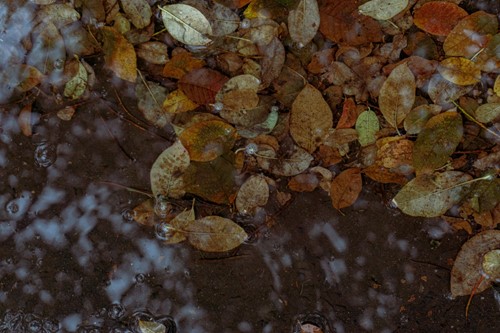
If your yard is plagued with puddles and soggy spots, it might be time to consider drainage solutions. For yard drainage, there are plenty of DIY options you can handle without spending a fortune. Once you understand the causes of your drainage issues, you can find the best approach for improving a swamp situation.
Here is a basic guide to yard drainage issues and DIY solutions to consider:
What causes yard drainage problems?
Before you start researching strategies for improving drainage, take a careful assessment of your yard. There are many factors that can cause drainage issues:
- Heavily compacted soil can make it difficult for excess water to drain through the ground, leaving it to accumulate on the surface. This can be especially troublesome for clay soil.
- If your gutter downspout is not the right length, water might be pouring into a poorly draining part of your landscape.
- Often, water can pool in your yard if your property is completely flat. Even the slightest slope or pitch can greatly affect the route and amount of water runoff.
Start by adjusting your watering habits
Before you start planning a major landscaping project, consider your current watering schedule and systems. Do you have drip irrigation or sprinklers that run automatically? Do you have a manual watering schedule that you could adjust? In some cases, you might just be watering too much or too often.
If you have an irrigation or sprinkler system, make sure it doesn’t have any leaks. Once you’ve ruled out the possibility of leaking, try adjusting your watering schedule to reduce the amount of standing water in your yard.
Downspouts, rain gardens & swales
If you discover that your drainage issues stem from your gutter downspout, the solution could be as simple as extending it. Extend and aim the downspout away from the home and toward a storm drain or other safe drainage source.
A rain garden is another way to ease drainage issues by creating a place specifically for water to gather. Rain gardens are designed to capture and slowly absorb runoff, all while promoting lush plant growth and beautifying the yard.
For more serious drainage problems, consider digging an artificial creek or swale to route water properly. By digging a long, shallow trench and filling it with gravel or rocks, you can divert runoff towards storm drains without allowing standing water to accumulate in the yard.
These are only a few basic yard drainage solutions to consider. If you’re still having trouble with excess water, it’s a good idea to consult a landscaping professional to find the best option for your yard.
About the Author

Carolyn Ross
Carolyn Ross spent her career in the advertising world as a commercial photographer. She is no stranger to meeting challenging deadlines and working with many people in a fast paced environment.
She has shot for various magazines such as Architectural Digest, Boston Globe Magazine, Wellesley Weston, South Shore life as well Boston Magazine to name a few. Her love of homes and visual spaces has evolved through the years and has lead her to expand her career. She currently serves on the board of a national organization: The American Society of Media Photographers for the New England chapter. She has been involved in the school art programs as well as teaching photography classes.
Carolyn's expert knowledge of staging and art direction is what differentiates her from other agents. She has also taken her keen business background and artistic talents to successfully renovate numerous investment properties in the Metrowest area over the last several years.
This is what inspires her and with determination and passion, she will bring these unique skills to your next real estate transaction.
